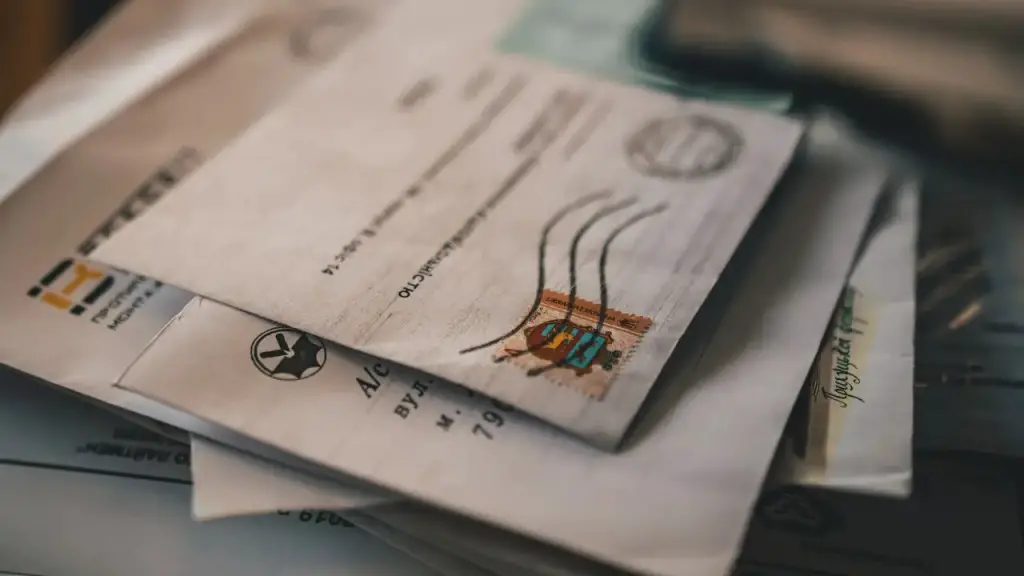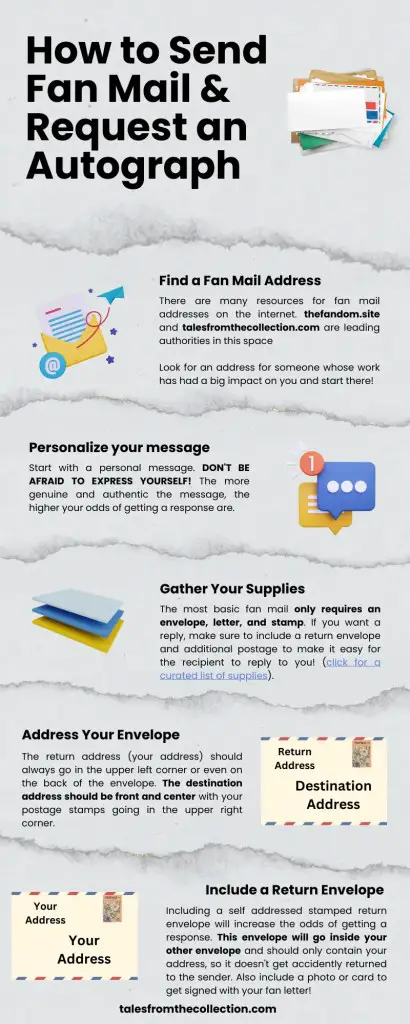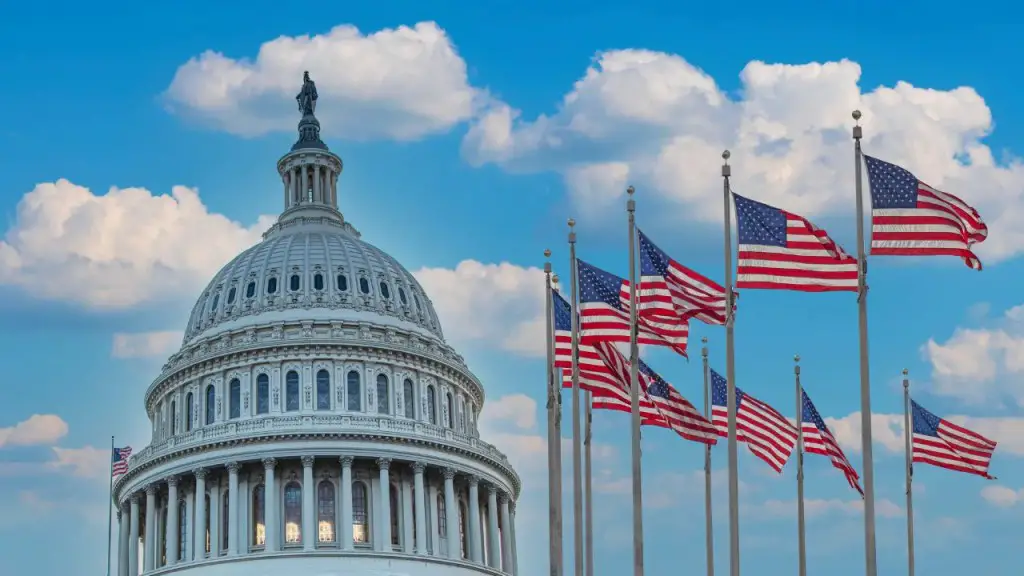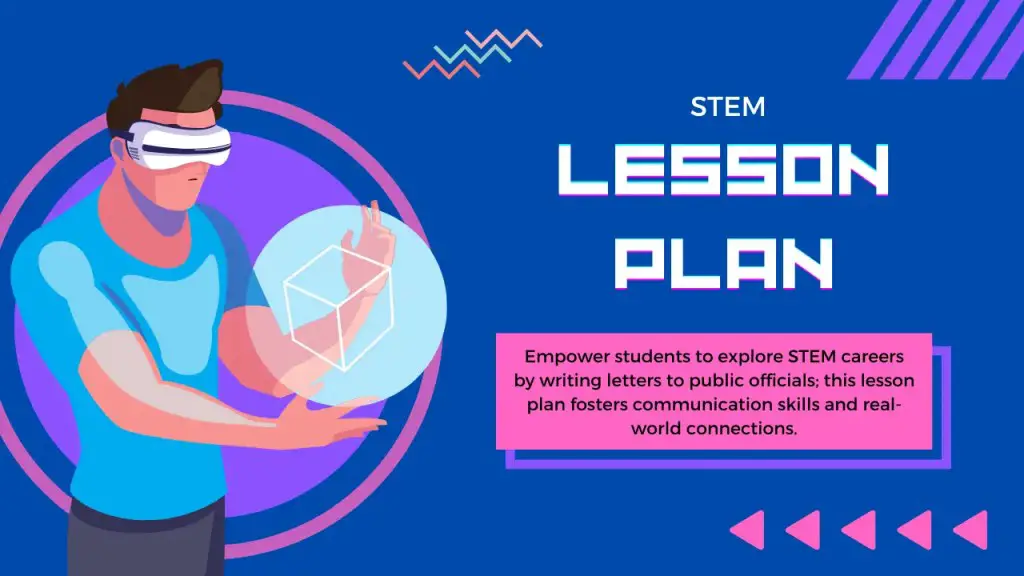In today’s rapidly advancing world, STEM (Science, Technology, Engineering, and Mathematics) fields are at the forefront of innovation and progress. Understanding the roles and responsibilities of public officials within these fields is essential for students to grasp the real-world applications of their studies.
This lesson plan aims to bridge the gap between classroom learning and the professional world by engaging students in a meaningful exploration of STEM careers and the public officials who lead them.
Through a series of interactive activities, students will have the opportunity to research various STEM fields, formulate thoughtful questions, and draft formal letters to public officials. This hands-on approach not only enhances their communication skills but also fosters a deeper connection with the subjects they are studying.
By writing to real professionals, students can gain insights into the daily work of STEM experts and the impact they have on society. The lesson is designed to be adaptable and can be tailored to suit different age groups and educational levels.
Table of contents
Lesson Plan: Writing Letters to Public Officials in STEM Fields

Objective:
- Understanding STEM Careers: Introduce students to various STEM fields and the roles of public officials within them.
- Communication Skills: Develop students’ abilities to formulate questions, write formal letters, and engage with professionals.
- Real-World Connection: Foster a connection between classroom learning and real-world STEM professions.
Materials Needed:
- List of public officials in STEM fields (included below).
- Examples of professional letters or emails (included below).
- Writing materials or computers for drafting letters.
- Handouts to guide students (included below).
Lesson Structure:
- Introduction (15 minutes):
- Introduce the concept of STEM careers and the roles of public officials.
- Explain the activity: writing letters to public officials with questions about their work.
- Exploration of STEM Fields (20 minutes):
- Divide students into groups and assign each group a specific STEM field or government agency that deals with STEM issues.
- Facilitate research and discussion on their findings.
- Drafting Letters (30 minutes):
- Guide students in drafting their letters, including proper formatting and etiquette.
- Encourage them to include specific questions related to the STEM field or the official’s role.
- Peer Review and Revision (15 minutes):
- Have students exchange letters for peer review.
- Allow time for revisions based on feedback.
- Finalizing and Sending Letters (10 minutes):
- Assist students in finalizing their letters.
- If possible, send the letters to the public officials (this may require prior coordination).
- Reflection and Closure (10 minutes):
- Reflect on the process and what students learned.
- Discuss potential responses and what they hope to learn from the public officials.
- Follow-up Activities (Optional):
- If responses are received, have a follow-up lesson to discuss the answers.
- Consider a project where students create a presentation or report based on the responses.
Assessment:
- Letter Evaluation: Assess the letters for clarity, proper formatting, relevance of questions, and overall quality.
- Participation: Evaluate students’ engagement in research, discussion, and peer review.
- Reflection: Consider a written reflection or journal entry on what they learned and how they felt about the experience.
Considerations:
- Coordination with Public Officials: If possible, coordinate with the public officials in advance to ensure participation.
- Alternative Plans: Have an alternative plan in case a response is not possible, such as using publicly available interviews or writings from the officials.

Handout 1: STEM Fields and Public Officials Overview

This handout provides an overview of the STEM fields and public officials that students will be exploring. It can be used as a reference guide during the lesson.
Choosing a STEM Public Official to Write To
Part 1: Ranking Public Officials
Below is a list of STEM public officials. Rank them from 1 to 10 based on how interested you are in writing to them. (1 being the most interested, 10 being the least interested)
- Rank: [___] NASA: Administrator, Director of the Mars Exploration Program
- Rank: [___] NOAA: Under Secretary of Commerce for Oceans and Atmosphere, Director of the National Weather Service
- Rank: [___] USGS: Director, Chief Scientist for Earthquake Hazards
- Rank: [___] DOE: Secretary of Energy, Director of the Office of Science
- Rank: [___] NIH: Director, Director of the National Cancer Institute
- Rank: [___] NSF: Director, Assistant Director for Geosciences
- Rank: [___] EPA: Administrator, Director of the Office of Air and Radiation
- Rank: [___] FDA: Commissioner, Director of the Center for Drug Evaluation and Research
- Rank: [___] NIST: Director, Director of the Information Technology Laboratory
- Rank: [___] USDA: Secretary of Agriculture, Administrator of the Agricultural Research Service
Part 2: Brainstorming Questions
Choose one public official from the list above that you would like to write to. Brainstorm at least three questions you would like to ask them. Write your questions below:
- NASA: Administrator, Director of the Mars Exploration Program
- NOAA: Under Secretary of Commerce for Oceans and Atmosphere, Director of the National Weather Service
- USGS: Director, Chief Scientist for Earthquake Hazards
- DOE: Secretary of Energy, Director of the Office of Science
- NIH: Director, Director of the National Cancer Institute
- NSF: Director, Assistant Director for Geosciences
- EPA: Administrator, Director of the Office of Air and Radiation
- FDA: Commissioner, Director of the Center for Drug Evaluation and Research
- NIST: Director, Director of the Information Technology Laboratory
- USDA: Secretary of Agriculture, Administrator of the Agricultural Research Service
Question 1: [__________________________________________________________]
Question 2: [__________________________________________________________]
Question 3: [__________________________________________________________]
Handout 2: Letter Writing Template
This handout provides a template for students to use when drafting their letters to public officials. It includes prompts and guidelines to help them structure their letters.
Letter Writing Template
Introduction
Begin your letter by introducing yourself and explaining the reason for writing. For instance, you could mention your enthusiasm for your favorite STEM field.
My name is [Your Name], and I am a student at [Your School]. I am reaching out to you because…
Body
In this section, present the questions you brainstormed earlier. Provide context or elaborate on why you are curious about these questions.
[Question 2]
[Question 3]
…
Closing
Express gratitude to the public official for their time and express your anticipation for a response. Feel free to include closing remarks or additional comments.
Sincerely,
[Your Name]
Handout 3: Addresses and Contact Info

This handout provides the mailing addresses and emails that your students will need to reach out to the agencies and officials of their choice.
Contact Information for Key Agencies
NOAA
Email: inquiries@noaa.gov
Address: 1401 Constitution Avenue NW, Room 5128, Washington, D.C. 20230
EPA
Email: epa.gov/home/forms/contact-epa
Address: 1200 Pennsylvania Avenue, N.W., Washington, DC 20460
NSF
Email: info@nsf.gov
Address: National Science Foundation, 2415 Eisenhower Avenue, Alexandria, VA 22314
DOE
Email: The.Secretary@hq.doe.gov
Address: U.S. Department of Energy, 1000 Independence Ave., SW, Washington, DC 20585

